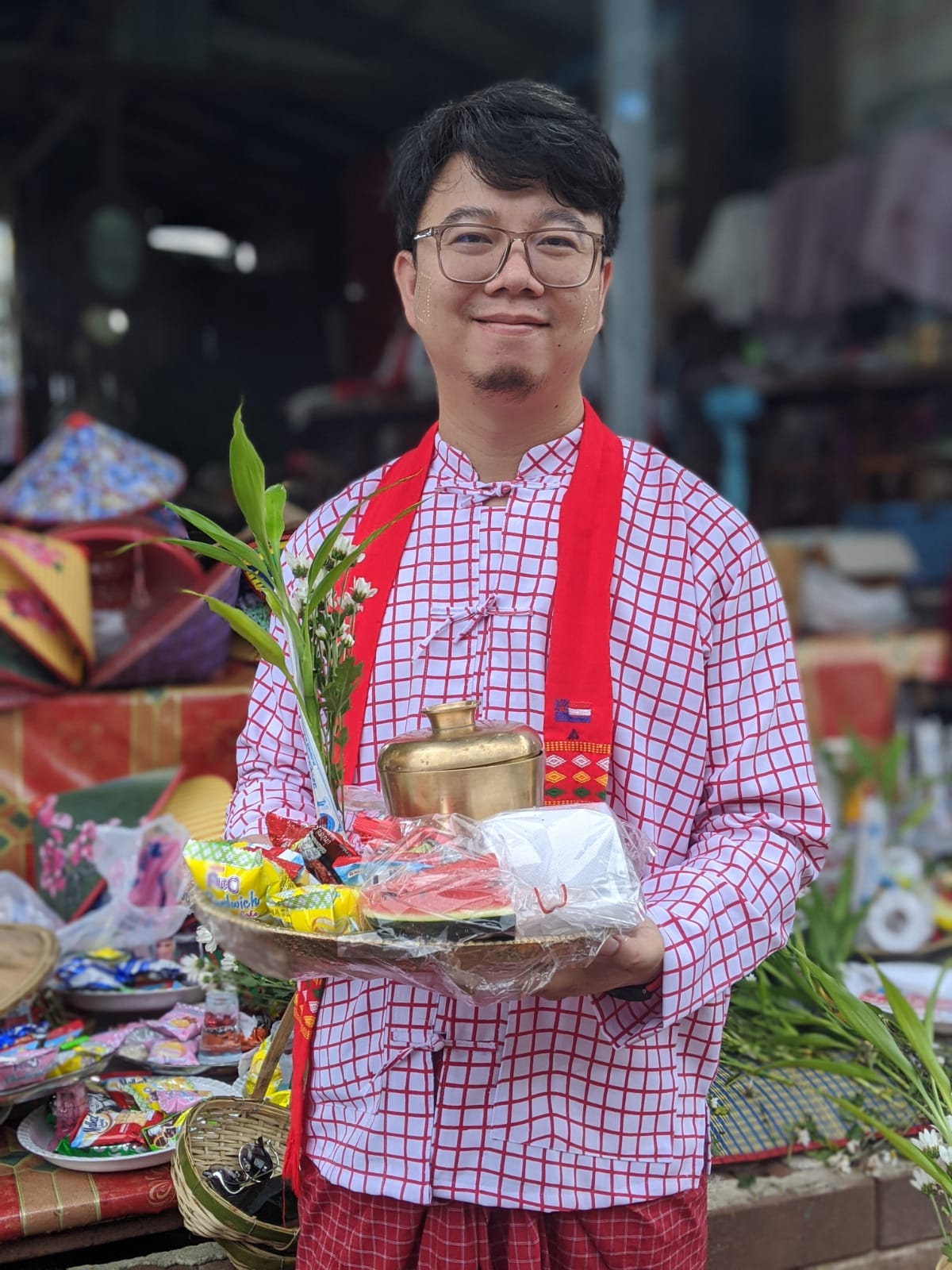from 0 review
2 hours
Daily Tour
30 people
___






Bangkok is the capital and most populous city of Thailand. It is known in Thai as Krung Thep Maha Nakhon. The city occupies 1,568.7 square kilometres (605.7 sq mi) in the Chao Phraya River delta in central Thailand and has an estimated population of 10.539 million as of 2020, 15.3 percent of the country’s population. Over fourteen million people (22.2 percent) lived within the surrounding Bangkok Metropolitan Region at the 2010 census, making Bangkok an extreme primate city, dwarfing Thailand’s other urban centres in both size and importance to the national economy. Bangkok traces its roots to a small trading post during the Ayutthaya Kingdom in the 15th century, which eventually grew and became the site of two capital cities: Thonburi in 1768 and Rattanakosin in 1782. Bangkok was at the heart of the modernization of Siam, later renamed Thailand, during the late-19th century, as the country faced pressures from the West. The city was at the centre of Thailand’s political struggles throughout the 20th century, as the country abolished absolute monarchy, adopted constitutional rule, and underwent numerous coups and several uprisings. The city, incorporated as a special administrative area under the Bangkok Metropolitan Administration in 1972, grew rapidly during the 1960s through the 1980s and now exerts a significant impact on Thailand’s politics, economy, education, media and modern society.

The Grand Palace complex was established in 1782 and it consists of not only royal and throne halls, but also a number of government offices as well as the renowned Temple of the Emerald Buddha. It covers an area of 218,000 square meters (0.08 square miles) and is surrounded by four walls, 1900 meters in length. After King Rama I ascended to the throne in 1782, the palace was built. Prior to this, the royal palace and center of administration had been located in Thonburi, on the west bank of the Chao
Phraya River. For various reasons, the new King considered the former capital to be unsuitable and decided to establish a new capital on the other side of the river.
By his royal command, a palace was built to serve not only as his residence but also as the site of administrative offices. The royal compound has been known since then as The Grand Palace. The two earliest buildings erected within the complex were the Dusit Haha Prasat Throne Hall, and the Phra Maha Monthian.
Wat Pho (the Temple of the Reclining Buddha), or Wat Phra Chetuphon, is right behind the Temple of the Emerald Buddha – it’s a must-see for any first-time visitor to Bangkok. As one of the largest temple complexes in the city, it’s famed for its giant reclining Buddha that is 46 meters long, covered in gold leaf.

The highlight for most people visiting Wat Pho is the Reclining Buddha. The figures here are impressive: 15 meters tall, 46 meters long, so large that it feels like it’s been squeezed into the building. The Buddha’s feet are 5 meters long and exquisitely decorated in mother-of-pearl illustrations of auspicious laksanas (characteristics) of the Buddha. The number 108 is significant, referring to the 108 positive actions and
symbols that helped lead Buddha to perfection.
Pak Khlong Talat (‘the mouth of the khlong of the market’) is a market in Bangkok, Thailand, that sells flowers, fruits, and vegetables. It is the primary flower market of Bangkok and has been cited as a “place of symbolic value” to Bangkok residents. It is on Chak Phet Road and adjacent side-streets, close to Memorial Bridge. Though the market is open 24 hours, it is busiest before dawn, when boats and trucks arrive with flowers from nearby provinces.
During the reign of Rama I (1782–1809), the site was a floating market. By the reign of Rama V (1868–1910), it had become a fish market. The fish market was eventually converted to today’s produce market, which has existed for over 60 years. The market’s focus has shifted from produce to flowers as the Talat Thai market on the outskirts of Bangkok has become a more attractive site for produce wholesaling.

Our tour guide: Chatchai
"Sa-Wass-Dee 🙏
I'm Chatchai from Thailand. I'm a friendly local guide who'd love to share about local culture."